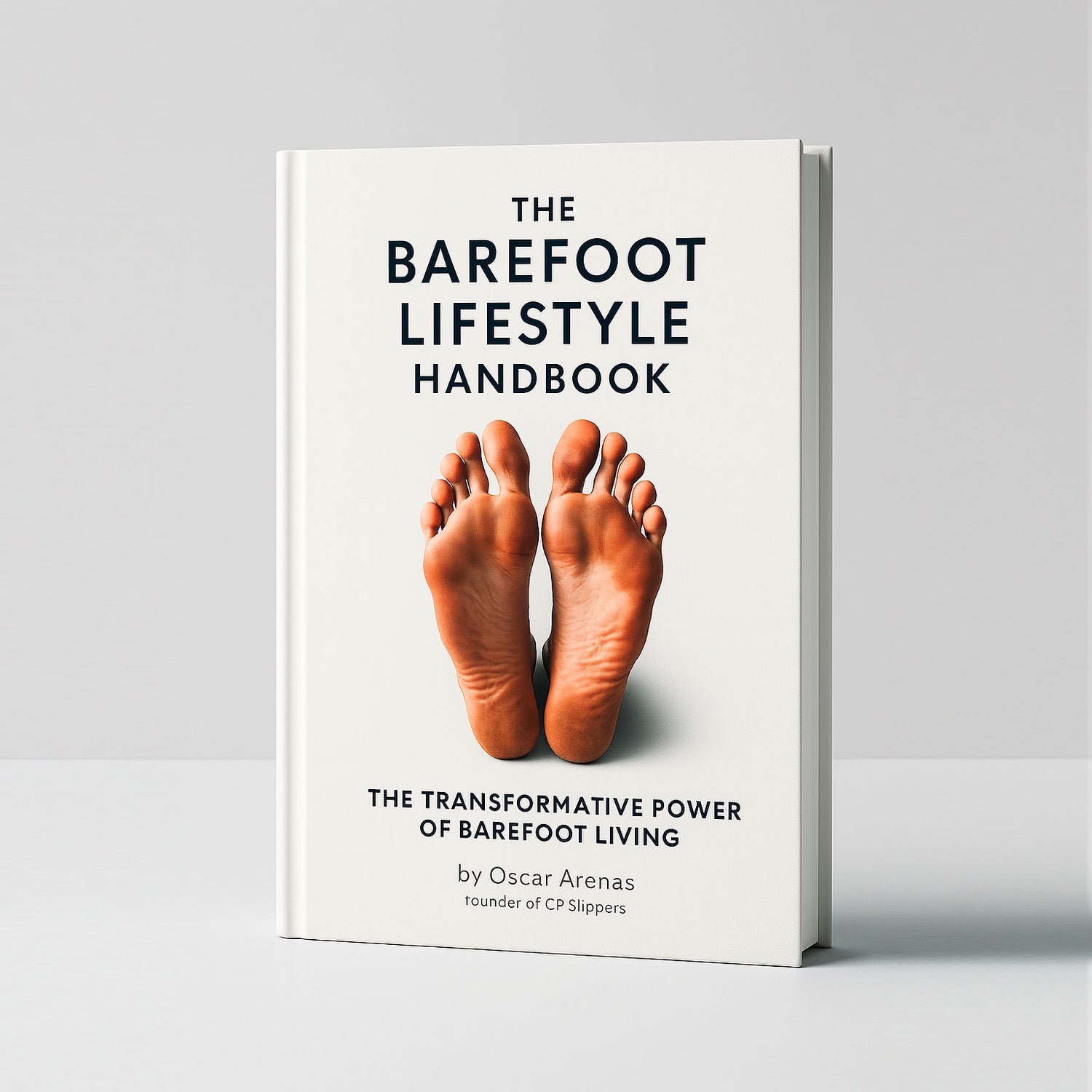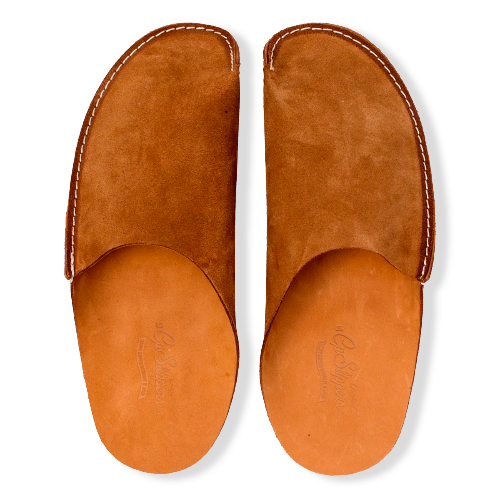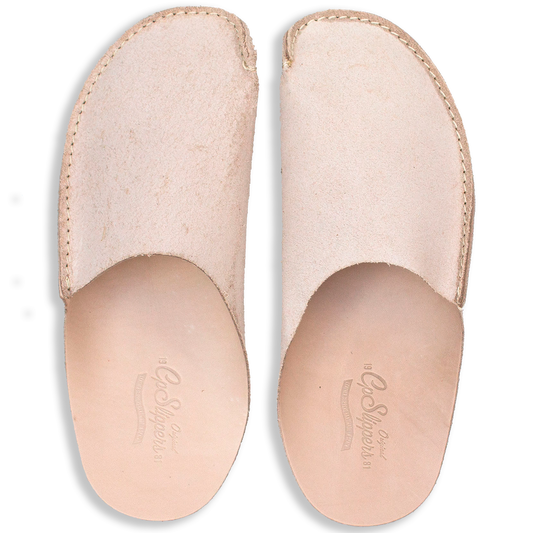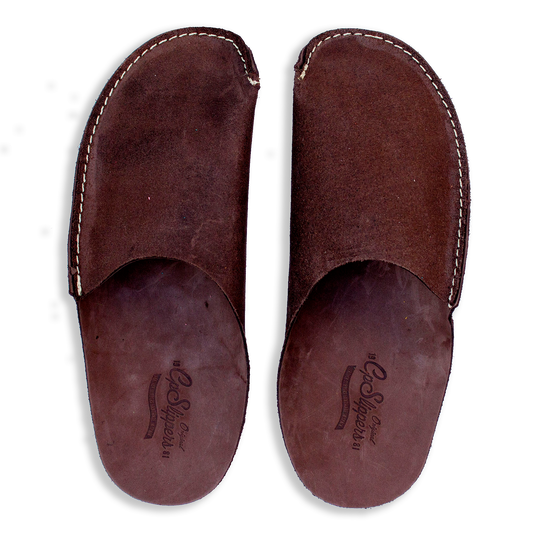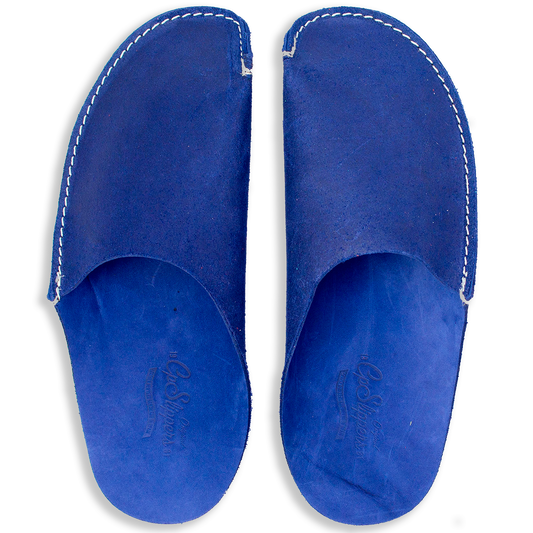eather talk can sound like a secret language: “full-grain chrome-tanned aniline with a deep patina.” 🤯 The good news? You only need three core concepts to decode the quality of any hide—and—spot marketing fluff a mile away. Let’s translate the most common leather terminology into plain English.
Why Knowing Your Leather Matters
- Price vs. value – The right words help judge whether a €200 pair of slippers is a bargain or a rip-off.
- Longevity – A little know-how saves you from buying leather that cracks after one winter.
- Sustainability – Choosing well-tanned, durable hides means replacing less and wasting less.

1. The Tanning Process
Tanning is the chemistry set that turns perishable raw hide into the supple material we all love. Master this, and half the leather terms explained online suddenly make sense.
Five Key Stages
- Pre-tanning – Soaking & liming remove salt and hair and loosen fibers.
- Splitting – The hide is sliced: top layer = full-grain, bottom = suede or split leather.
- Tanning – Drums full of chromium salts (or natural plant tannins) lock fibers in place.
- Selecting & dressing – Hides are graded, shaved to the thickness, and dyed.
- Finishing – Protective topcoat, softening, and a final inspection.
Quick test: High-quality leather keeps its color throughout when you bend it. If you see a pale inner layer, it’s likely surface-painted split leather.
Chrome vs. Vegetable Tanning
| Feature | Chrome-Tanned (most Nappa) |
Vegetable-Tanned (heritage leather) |
|---|---|---|
| Processing time | 1 – 2 days | 30 – 40 days |
| Hand-feel | Ultra-soft, uniform | Firmer, moulds with use |
| Patina potential | Moderate | Excellent, rich ageing |
| Colour range | Wide, vivid palette | Earthy, natural tones |

2. Natural Patina
A patina is a mellow sheen, and color-shift leather earns over time—as the honey glows on a vintage saddle bag. It’s why collectors chase old briefcases and why CP Slippers age so gracefully.
Tip: Want to see how patina transforms premium leather over time? HappyPatina showcases leather pieces that evolve beautifully with age, wear and care.
Why Full-Grain Ages Best
Full-grain keeps the original grain surface intact. Those tight fibers drink in light, oils, and the tiny bumps of daily life, developing depth instead of flakes. Corrected-grain or painted hides block that process—no romance, wear.
Care Tips to Enhance Patina
- Use it daily – Friction plus body oils = faster character.
- Condition twice a year with pH-balanced cream.
- Rest in a cotton bag; avoid plastic that traps moisture.
- Learn the basics of cleaning in our guide, Leather-Care Basics.
Feel Premium Nappa → Shop CP Slippers

3. What Makes Nappa Leather Special
Nappa (often spelled Nappa or Napa) is shorthand for buttery-soft, aniline-dyed hides—usually chrome-tanned calfskin. You've felt it if you’ve stroked a luxury car seat or slipped into CP Slippers.
Aniline Finish & Breathability
- Aniline dye soaks color completely through the hide, leaving pores open.
- Open pores = breathable comfort and that signature velvety hand feel.
- A clear topcoat protects without masking natural markings.
Nappa vs. Nubuck vs. “Genuine”
| Nappa | Nubuck | “Genuine” Leather | |
|---|---|---|---|
| Surface finish | Smooth, natural grain | Lightly sanded top grain | Often split & painted |
| Touch | Silky-soft, supple | Velvety, matte | Varies—usually stiff |
| Durability | High if conditioned | Scuffs easily | Lower; may peel |
| Breathability | Excellent | Good | Poor |
(Dive deeper into grading in our post Full-Grain vs. Top-Grain.)
Spotting Quality Leather in CP Slippers
- Touch test – The vamp yields softly, with no plastic squeak.
- Smell test – Warm, earthy aroma, never chemical.
- Flex test – Bend the sole; the color stays even, with no cracks.
Hand-selected Nappa, stitched in Spain, means your slippers start soft and grow more beautiful with every coffee run to the garden.
Frequently Asked Questions
What is full-grain leather?
Full-grain uses the hide’s outer layer, keeping fibers dense for superior strength and patina.
Does “genuine leather” develop patina?
Rarely. It’s heavily processed split leather that tends to crack rather than mellow.
Is Nappa always chrome-tanned?
Nearly always—chrome keeps it buttery. Veg-tanned Nappa exists but is niche and pricier.
How do I store Nappa slippers off-season?
Stuff with acid-free paper and keep in a breathable cotton pouch away from heat sources.
Leather knowledge is in your pocket, and comfort is on your feet.
Ready to feel premium Nappa for yourself? Slide into CP Slippers → Feel the difference.


